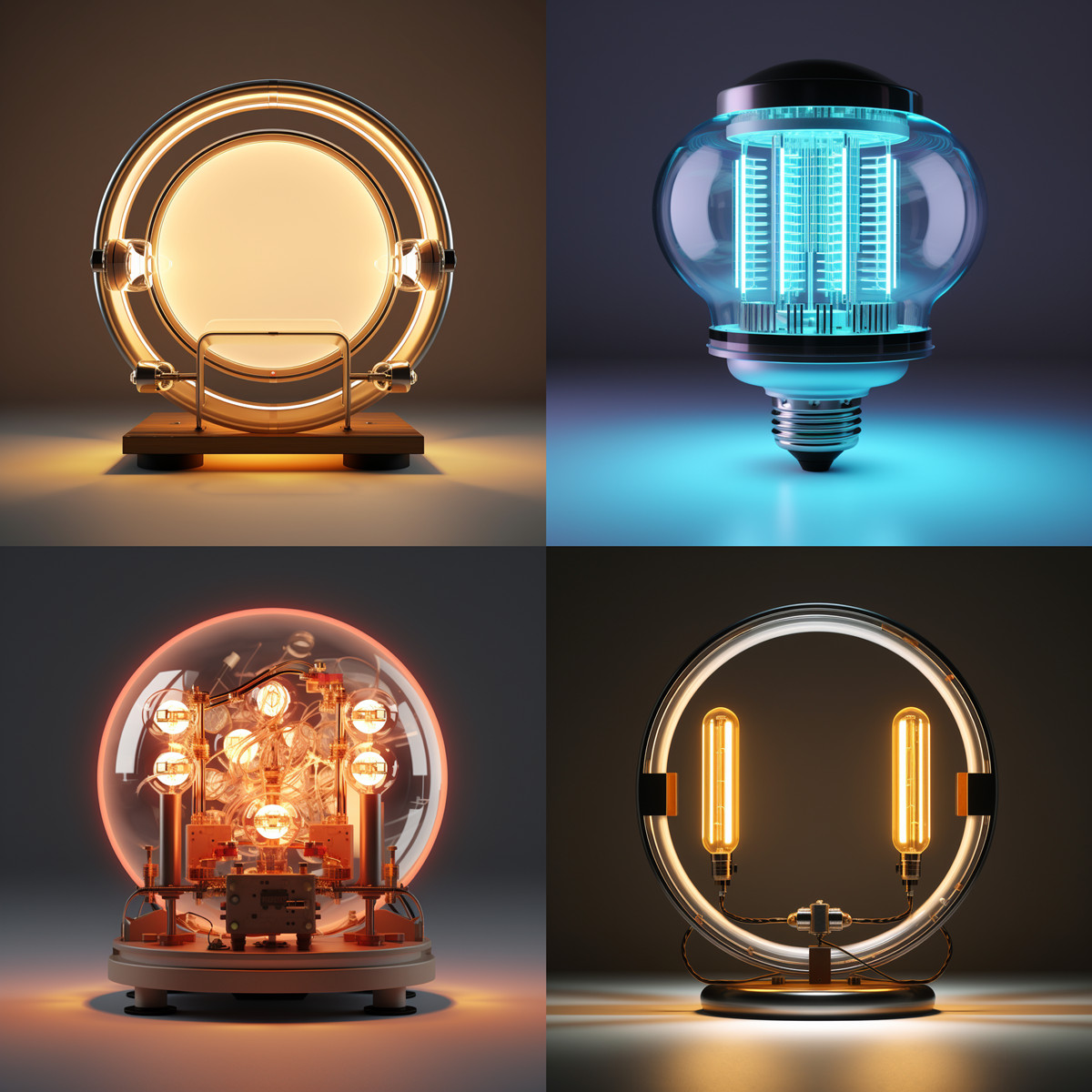LED (Light Emitting Diode), a light emitting diode, is a solid state semiconductor device that can convert electric energy into visible light. It can directly convert electricity into light. The heart of LED is a semiconductor chip. One end of the chip is attached to a bracket, one end is a negative pole, and the other end is connected to the positive pole of the power supply, so that the entire chip is encapsulated by epoxy resin.
The semiconductor chip is composed of two parts. One part is a P-type semiconductor, in which holes are dominant, and the other end is an N-type semiconductor, in which electrons are dominant. But when these two semiconductors are connected, a P-N junction is formed between them. When the current acts on the chip through the wire, the electrons will be pushed to the P area, where the electrons will recombine with holes, and then emit energy in the form of photons. This is the principle of LED light emission. The wavelength of light, that is, the color of light, is determined by the material that forms the P-N junction.
LED can directly emit red, yellow, blue, green, green, orange, purple and white light.
At first, LED was used as the indicator light source of instruments and meters. Later, various light colored LEDs were widely used in traffic lights and large area displays, producing good economic and social benefits. Take the 12 inch red traffic signal lamp as an example. In the United States, the 140 watt incandescent lamp with long life and low luminous efficiency was originally used as the light source, which produced 2000 lumens of white light. After passing through the red filter, the light loss is 90%, leaving only 200 lumens of red light. In the newly designed lamp, Lumileds uses 18 red LED light sources, including circuit loss. The total power consumption is 14 watts, which can produce the same luminous effect. Automobile signal lamp is also an important field of LED light source application.
For general lighting, people need more white light sources. In 1998, white LED was successfully developed. This LED is made by packaging GaN chip and yttrium aluminum garnet (YAG) together. GaN chip emits blue light( λ P=465nm, Wd=30nm), the YAG phosphor containing Ce3+sintered at high temperature emits yellow light after being excited by this blue light, with a peak value of 550n LED lamp m. The blue LED substrate is installed in the bowl shaped reflection cavity, covered with a thin layer of resin mixed with YAG, about 200-500nm. The blue light from the LED substrate is partly absorbed by the phosphor, and the other part of the blue light is mixed with the yellow light from the phosphor to obtain white light.
For InGaN/YAG white LED, by changing the chemical composition of YAG phosphor and adjusting the thickness of phosphor layer, various white lights with color temperature of 3500-10000K can be obtained. This method of obtaining white light through blue LED has simple structure, low cost and high technology maturity, so it is widely used.
Post time: Jan-29-2024
